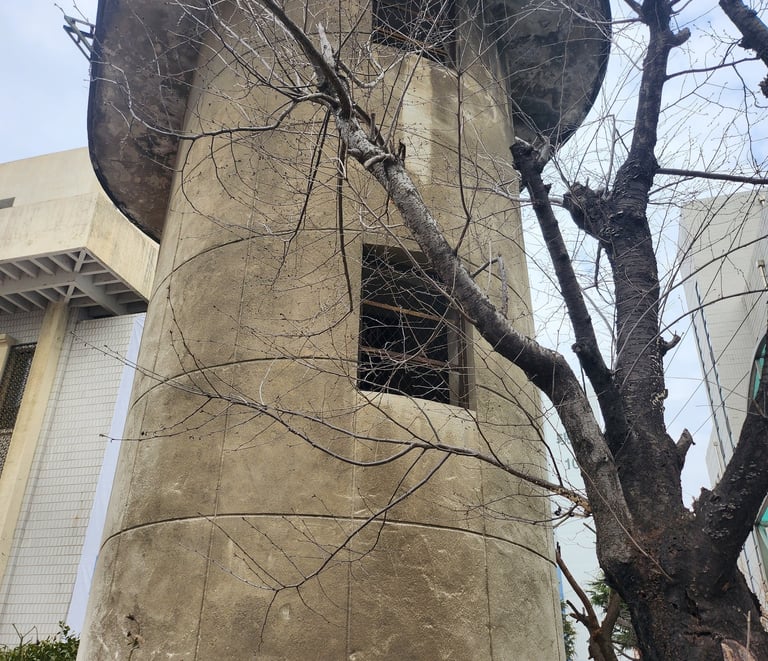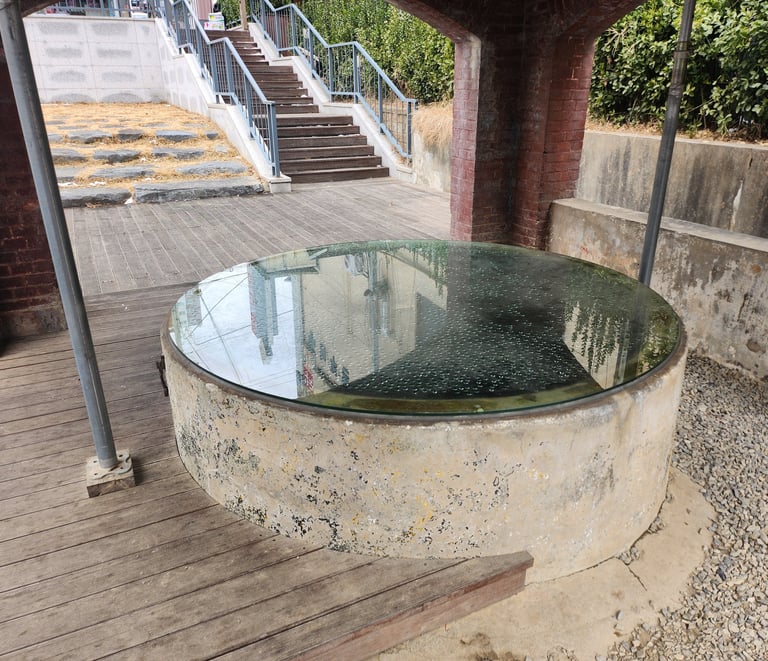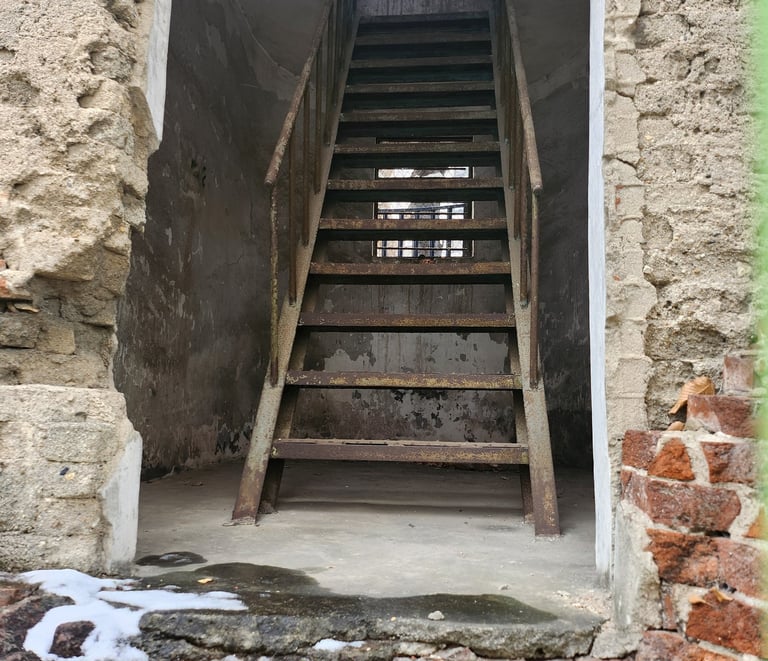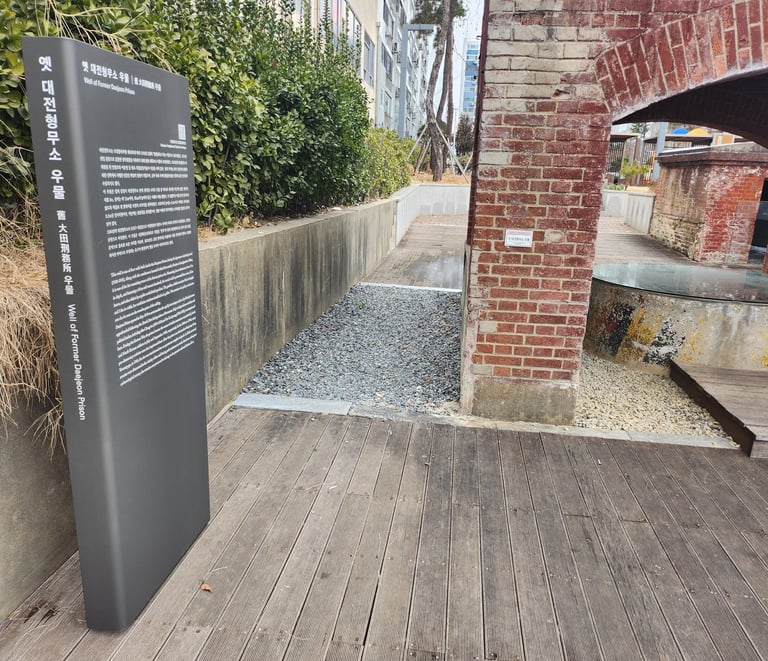Daejeon Prison: remnants of a difficult past
DIFFICULT HISTORYMODERN HISTORY


Just a stone’s throw away from the Daejeon Immigration Service office in the Jung-gu area of the city lies the remains of a tower and a well. The tower served as a guard post for Daejeon Prison, which was originally established by the Japanese colonial government, whilst the well was one of 4 such wells serving the prison. The prison was demolished in the 1980s leaving few visible traces, but what does remain stands as a testament to South Korea’s difficult past.
When Japanese rule of Korea ended in 1945, the country was in turmoil, and anyone opposed to its division into north and south was forced into prison. Many of these political prisoners were sent to Daejeon. When the communist northern People’s Army invaded the non-communist south on June 25th, 1950, war broke out and more people were sent to the prison after police stations received orders to crack down on suspicious behaviour. With the advancement of the People’s Army further south, the government became increasingly concerned that the political prisoners housed at Daejeon Prison would join the invading force. Those fears led to a July 1st phone call to the prison, ordering the execution of all leftist political prisoners.
Executions did not take place at the prison. Prisoners were taken to an area of Daejeon known as Golyong-gol, where a large pit was being dug. They were forced to lean over the side of the pit before being executed and thrown into the pit. Over a 3-week period, trucks full of male and female prisoners were transported to and massacred at Golyong-gol. Evidence housed at the National Archives of Korea shows the huge number of inmates massacred, with an estimate of between 1,800 and 7,000 killings over the whole Korean War period. Today, we can still see photographic evidence of the massacre in 18 pictures that were taken by American soldiers, whilst witness statements form part of South Korea’s Truth and Reconciliation Commission, which was established in 2005. In total, there are 8 different massacre sites at Golyong-gol, making up a 1km long grave. Excavations at Golyong-gol have been taking place for some time, although few remains seem to have been subject to DNA analysis.


This was not the only atrocity related to Daejeon Prison. In September 1950, as the northern People’s Army was retreating, its soldiers executed all rightist Daejeon Prison personnel, with around 1,500 people being killed. The dead were thrown into the prison wells, one of which can still be seen today. As I was taking pictures of the remaining well, an elderly gentleman approached and told me how his father had witnessed the disposal of bodies and told stories of how 4 soldiers would lift a body by its limbs and throw it into one of the wells. Once the soldiers had gone, the dead were removed from the wells and placed in a line on the ground so that relatives could try to identify them, sometimes only possible based on the clothing they wore.
Within just a few months, Daejeon prison was the centre of two massacres at the hands of different perpetrators. One of those perpetrators was the state whilst the other was the invading People’s Army. In January 2008, President Roh Moohyun publicly apologised for the mass execution of suspected leftists that took place throughout the south during the early part of the Korean War, but these events are still very much in focus because of demands for truth and justice.
The surviving remnants of Daejeon Prison and Golyong-gol serve as stark reminders of both South Korea’s painful past, and the scars left by the Korean War. These remains provide us with a tangible and ongoing connection to the terrible events that took place in the 1950s, as South Korea continues to grapple with this and other painful events from its turbulent past.




